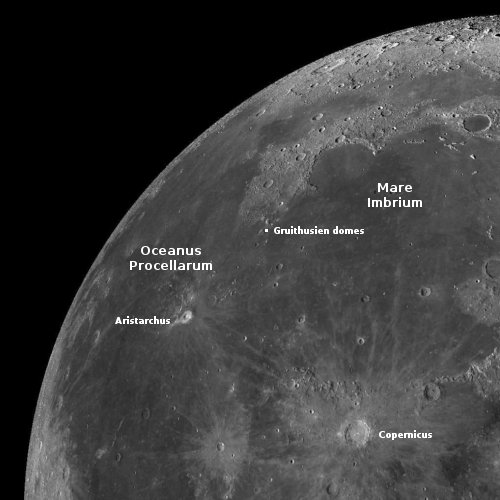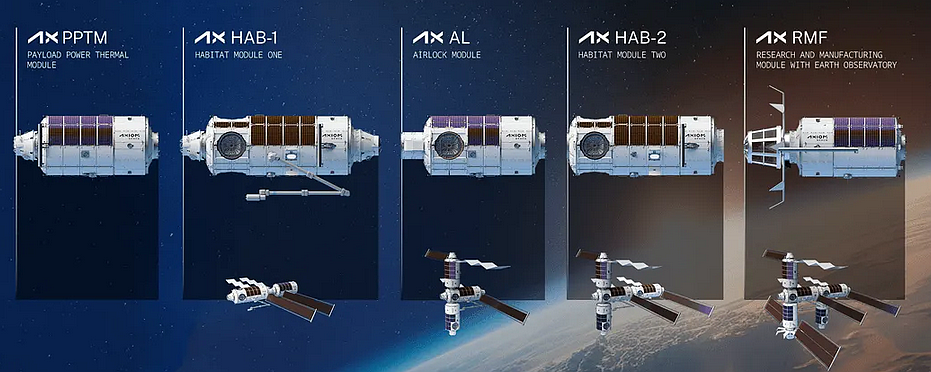Liechtenstein signs the Artemis Accords
The tiny nation of Liechtenstein in Europe yesterday became the 52nd nation to sign the Artemis Accords.
The full list of nations now part of this American space alliance: Angola, Argentina, Armenia, Australia, Austria, Bahrain, Belgium, Brazil, Bulgaria, Canada, Chile, Colombia, Cyprus, Czech Republic, Denmark, Dominican Republic, Ecuador, Estonia, France, Germany, Greece, Iceland, India, Israel, Italy, Japan, Liechtenstein, Lithuania, Luxembourg, Mexico, the Netherlands, New Zealand, Nigeria, Panama, Peru, Poland, Romania, Rwanda, Saudi Arabia, Singapore, Slovakia, Slovenia, South Korea, Spain, Sweden, Switzerland, Thailand, the United Kingdom, the United Arab Emirates, the Ukraine, the United States and Uruguay.
There has been a flurry of new nations signing the accords since the November election of Trump. I suspect his coming encouraged these nations to sign, knowing the moribund leadership of Biden will soon be replaced with something more robust. It is also likely that these nations see a renewal of Trump’s original goals for the Artemis Accords, to create an international alliance, led by the United States, with the goal of overcoming the Outer Space Treaty’s limitations on private property.
I hope this turns out to be true. This alliance gives Trump a powerful lobby he can wield to force change.
The tiny nation of Liechtenstein in Europe yesterday became the 52nd nation to sign the Artemis Accords.
The full list of nations now part of this American space alliance: Angola, Argentina, Armenia, Australia, Austria, Bahrain, Belgium, Brazil, Bulgaria, Canada, Chile, Colombia, Cyprus, Czech Republic, Denmark, Dominican Republic, Ecuador, Estonia, France, Germany, Greece, Iceland, India, Israel, Italy, Japan, Liechtenstein, Lithuania, Luxembourg, Mexico, the Netherlands, New Zealand, Nigeria, Panama, Peru, Poland, Romania, Rwanda, Saudi Arabia, Singapore, Slovakia, Slovenia, South Korea, Spain, Sweden, Switzerland, Thailand, the United Kingdom, the United Arab Emirates, the Ukraine, the United States and Uruguay.
There has been a flurry of new nations signing the accords since the November election of Trump. I suspect his coming encouraged these nations to sign, knowing the moribund leadership of Biden will soon be replaced with something more robust. It is also likely that these nations see a renewal of Trump’s original goals for the Artemis Accords, to create an international alliance, led by the United States, with the goal of overcoming the Outer Space Treaty’s limitations on private property.
I hope this turns out to be true. This alliance gives Trump a powerful lobby he can wield to force change.









